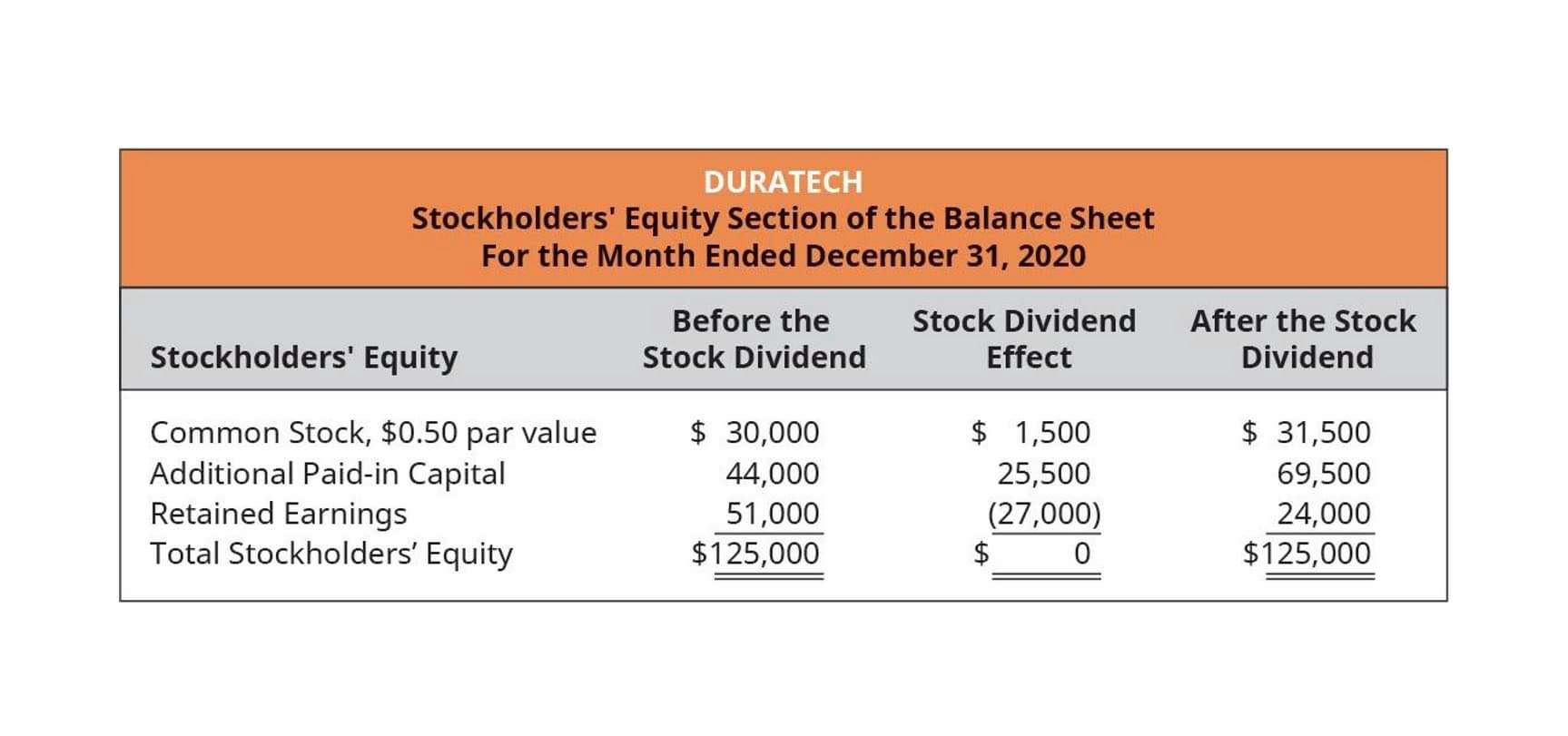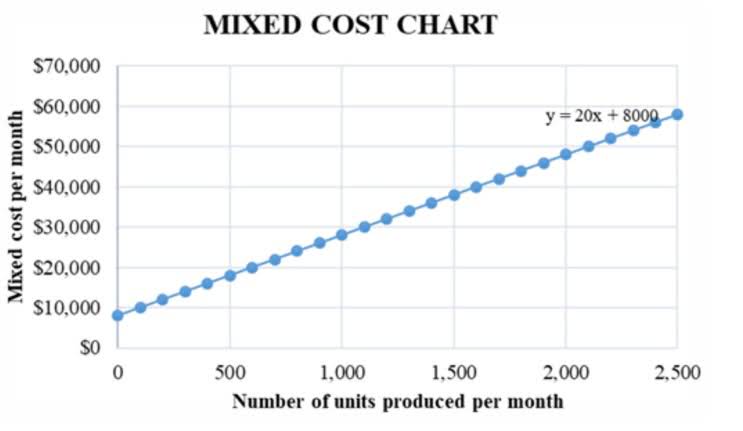
Such shifts can point to operational improvement opportunities or highlight areas of investment needed for long-term growth. Each type of vertical analysis uses a different base figure, depending on the statement, allowing stakeholders a detailed view of financial positioning. This information can be used to revised budgeted funding levels in future periods. Again the process involves choosing a base line item and then expressing each line item in the balance sheet as a percentage of that base item. Would you like to review the financial performance from the past months/years or demonstrate your business’s financial health to stakeholders? Recognizing the objective will assist you in determining the Bookkeeping for Painters appropriate foundation for your calculations.
- The above vertical financial statement analysis uses revenue as the base line item, however, other appropriate base line items such as total cash inflow could equally well have been used.
- This method expresses each line item on a financial statement as a percentage of a key benchmark, typically total revenue (in the case of the income statement) or total assets (for the balance sheet).
- Would you like to review the financial performance from the past months/years or demonstrate your business’s financial health to stakeholders?
- We can gather from the data below that the sales of the company increased consistently from year 1 to year 3.
- Furthermore, it is determined as a percentage by dividing net income by total revenue.
- Let us understand the advantages of vertical analysis equation through the points below.
Data Analysis in Google Sheets (+ Tips and Examples)

The cash flow statement tracks the inflows and outflows of cash in a company during a given period. It categorizes cash flows into operating activities, investing activities, and financing activities. The cash flow statement is vital in assessing a company’s ability to generate cash and its cash management practices. Non-profit organizations can use vertical analysis to analyze their financial accounts and uncover trends and patterns in their revenue and expenses.
How Being an Independent Student Can Help You Achieve Financial Growth

However, these two types of expenses did not really rise substantially and only account for a relatively small proportion of revenue. Multiple year financial statements can be compared and comparative analysis of such statements can be carried out to enhance the effectiveness of vertical analysis. Such analysis provides us with comparable percentages that can be used for comparison of financial statements with the previous years. Vertical analysis enables the analyst to delve deeper into a financial statement and better comprehend its composition. To perform such analysis, one needs to create a common size financial statement (for example, a common size income statement). Vertical analysis income statements are very important for financial analysts who must communicate financial information to investors, board members, and employees.
Key Learning Points
A vertical analysis income statement shows each item as a part of total revenue. It differs from a balance sheet analysis, which focuses on asset and liability values. Vertical analysis is great because it shows small changes in financial trends that you might miss. This means you divide each line item by the base figure and then multiply the result by 100. This process helps you see how different parts of your company’s performance are changing compared to each other. From the above examples it is possible to understand the exact procedure to calculate the line items as a percentage of sales from the vertical analysis financial statement of a company.
- Unlike the unadjusted income statement and balance sheet, the common size variations can be used for peer-to-peer comparisons between different companies.
- Given below is an example, where we have the income statement of a company (in US dollars).
- Examine each line item, focusing on revenue, cost of goods sold, operating expenses, and net income.
- Non-profit organizations can use vertical analysis to analyze their financial accounts and uncover trends and patterns in their revenue and expenses.
On the balance sheet, a higher percentage of current liabilities may signal liquidity challenges, prompting a review of short-term strategies. Both vertical and horizontal analyses are fundamental financial tools used to interpret financial statements and assess a company’s financial health over time. While they share the common goal of improving the understanding and usability of economic data, they do so in distinctly different ways.
SaaS Financial Model Template
For example, Apple’s cash flow statement for the 2020 fiscal year showed total net cash from operating activities of $80.674 billion and capital expenditures of $7.309 billion. In order to do a vertical analysis, we would divide the capital expenditures by the total net cash from operating activities, which comes out to 9.1%. This means that Apple’s capital expenditures were 9.1% of its total net cash from operating activities for the year. The above vertical financial statement analysis uses revenue as the base line item, however, other appropriate base line items such as total cash inflow could equally well have been used. Again, the next step is to use these vertical analysis common size statements to make comparisons to similar statements from different periods, businesses or industry averages. This technique is more fully discussed in our common size balance sheet tutorial.

- For the income statement, this base is typically total sales or revenues; for the balance sheet, the base is usually total assets.
- By analyzing these profitability ratios using vertical analysis, you can gauge a company’s financial performance and compare it to industry benchmarks or previous periods.
- Thus, vertical analysis is a financial analysis technique where each item in a financial statement is expressed as a percentage of a base figure.
- The content of this website is for informational purposes only and does not represent investment advice, or an offer or solicitation to buy or sell any security, investment, or product.
- You can identify trends, analyze the impact of specific expenses or revenue sources, and evaluate profitability ratios using vertical analysis.
Vertical analysis is a powerful technique that allows you to analyze financial statements in a meaningful and comparative way. By expressing line items as percentages of a base figure, you can identify trends, assess proportions, and gain valuable insights into a company’s financial performance. Vertical analysis is a financial analysis technique that examines the proportions of each line item in the income statement relative to a base figure to evaluate a company’s financial statements. Additionally, the base amount is often the overall revenue or sales (for the time period under consideration). Hence, it determines the relative importance of various elements in financial statements and to find trends and patterns (further use to make financial decisions).
- Check out this free template which automatically provides you with all the calculations by simply changing the stock ticker, as shown in the vertical analysis examples.
- Furthermore, the operating expenses, such as selling and administrative expenses, account for 10% and 6% of net sales, respectively.
- It is done so that accountants can ascertain the relative proportions of the balances of each account.
- This empowers organizations to drive business growth by unlocking the true potential of their financial data and harnessing the advantages of vertical analysis for strategic decision-making.
- Say goodbye to the hassle of building a financial model from scratch and get started right away with one of our premium templates.

Vertical analysis, also known as common-size analysis, is a financial analysis technique used to evaluate the relative proportions of different line items within a financial statement. It involves expressing each line retained earnings item as a percentage of a base figure, typically taken as 100%. This approach allows for meaningful comparisons of line items over time or across companies, highlighting changes in the composition and structure of financial statements.








